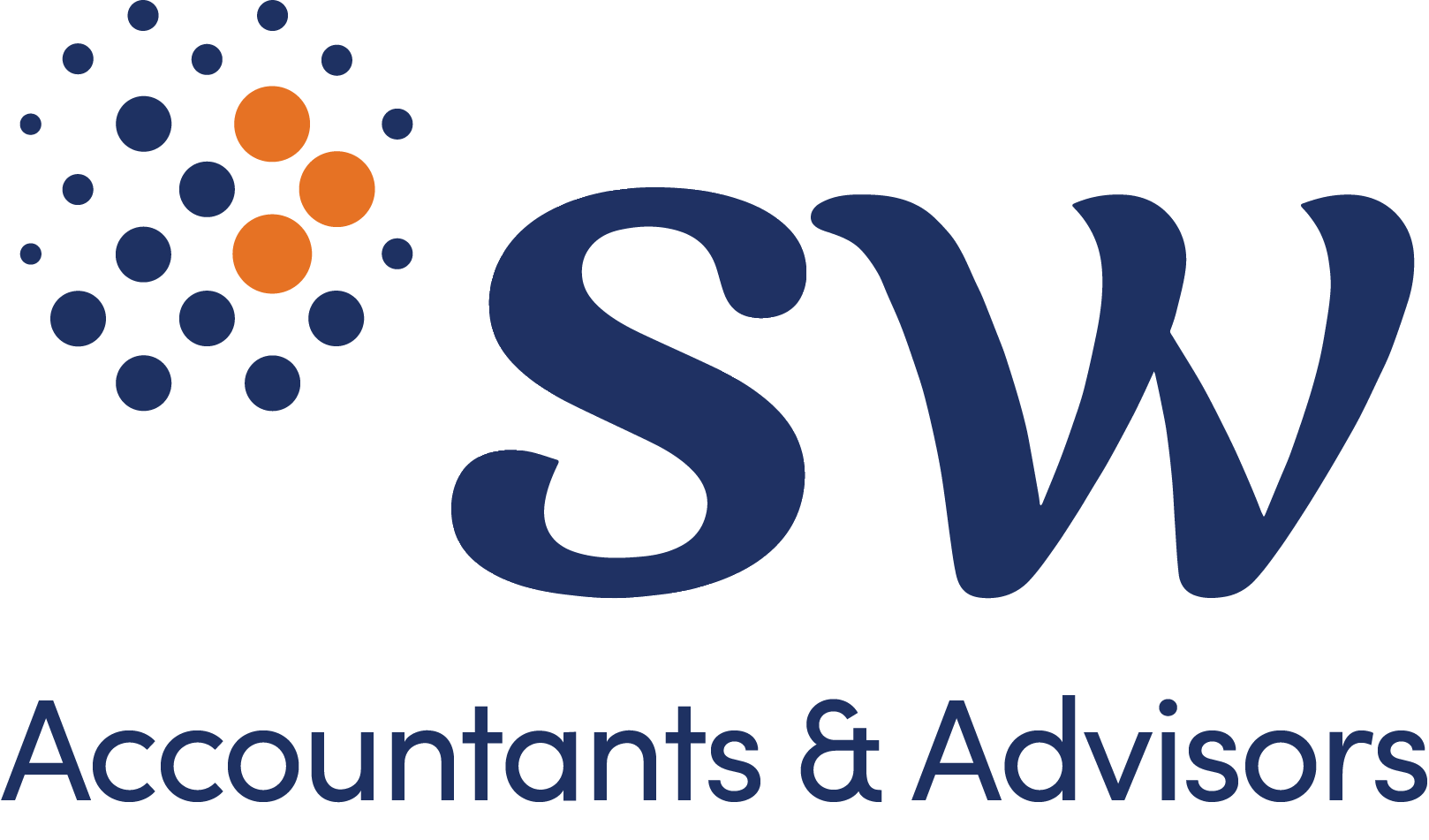
Employees vs Contractor ATO risk ratings now out
16/12/2022
The ATO has released two draft publications that focus on employee vs contractor classification for tax and superannuation purposes. Correct classification of an employee is important to ensure that both the business and the worker satisfy their tax and superannuation obligations correctly.
On 15 December 2023, the ATO released the following two draft publications for public comment:
- Draft TR 2022/D3 – Income Tax – PAYG withholding – Who is an employee
- Draft PCG 2022/D5 – Classifying workers as employees or independent contractors – ATO compliance approach.
Draft TR 2022/D3 replaces TR 2005/16 from 15 December 2022 and has mainly been updated to reflect recent court cases.
Key features of ATO draft publications
A business’ employment tax obligations can vary based on how a worker is classified. Correct classification is important to ensure that both the business and the worker satisfy their tax and superannuation obligations correctly.
TR 2022/D3 – Who is an employee?
The draft TR 2022/D3 explains the meaning of “employee” for PAYG withholding purposes. In accordance with the earlier High Courts cases, the Commissioner states:
- the totality of the contractual arrangement between parties will determine the classification of the worker, and
- the substance of the contractual arrangement, rather than the labels used in it, will be of primary importance.
The Commissioner has emphasised that even if a worker is an independent contractor, Superannuation Guarantee (SG) may be payable if the worker satisfies the extended definition of an employee under SG rules.
PCG 2022/D5 – Classification of workers
The draft compliance guide PCG 2022/D3, provides the Commissioner’s approach to audit activity based on a business’s risk profile, where he believes that the classification of workers is not being applied correctly. The key components considered by the Commissioner when determining the risk profile are:
Very Low risk – arrangements that satisfy all the following criteria will be considered low risk and will not attract ATO compliance activity:
- the parties agree on and understand the intended classification
- the substance of the arrangement agrees to the contractual terms
- the classification has been supported by advice from a qualified professional.
It will also be considered very low risk when an employer decides to voluntarily treat all workers as employees.
Low risk – Arrangements that satisfy all the following criteria will be considered low risk and will not attract ATO compliance activity:
- The parties agree on the intended classification.
- The substance of the arrangement agrees to the contractual terms.
- The classification has been supported by advice from a qualified professional.
Medium risk – Arrangements that satisfy the following criteria will be considered medium risk
- The parties agree on the intended outcome.
- The classification has been supported by advice from a qualified professional.
High risk – All arrangements that do not satisfy very low, low or medium risk criteria will be considered high risk. They will also be considered high risk if one of the parties coerced the other to accept the arrangement or one of the parties made false or misleading representations to the other party.
Key takeaways to minimise risk of ATO review
- It is important for businesses to discuss the tax implications of being an independent contractor with the worker.
- Obtain professional advice to support the position adopted for the class of workers.
- When an arrangement with a worker changes, businesses should re-assess their classification.
- Where disgruntled worker lodge an unpaid superannuation query and the ATO determines that the arrangement is considered:
- very low risk – they will advise the worker accordingly and not take any further action
- low risk – the ATO will apply compliance resources to test if that worker satisfied the definition of an employee
- medium risk – the ATO will apply compliance resources to an arrangement (e.g. for a group of workers)
- high risk – Compliance resources will be given the highest priority to an arrangement (e.g. for a group of workers) and businesses may be subject to higher penalties.
- This PCG does not provide employers protection from payroll tax and workcover classification of workers.
How SW can help
Reach out to your SW contact or our team to assist in ensuring your employees are classified correctly to minimise the risk of an ATO review.


